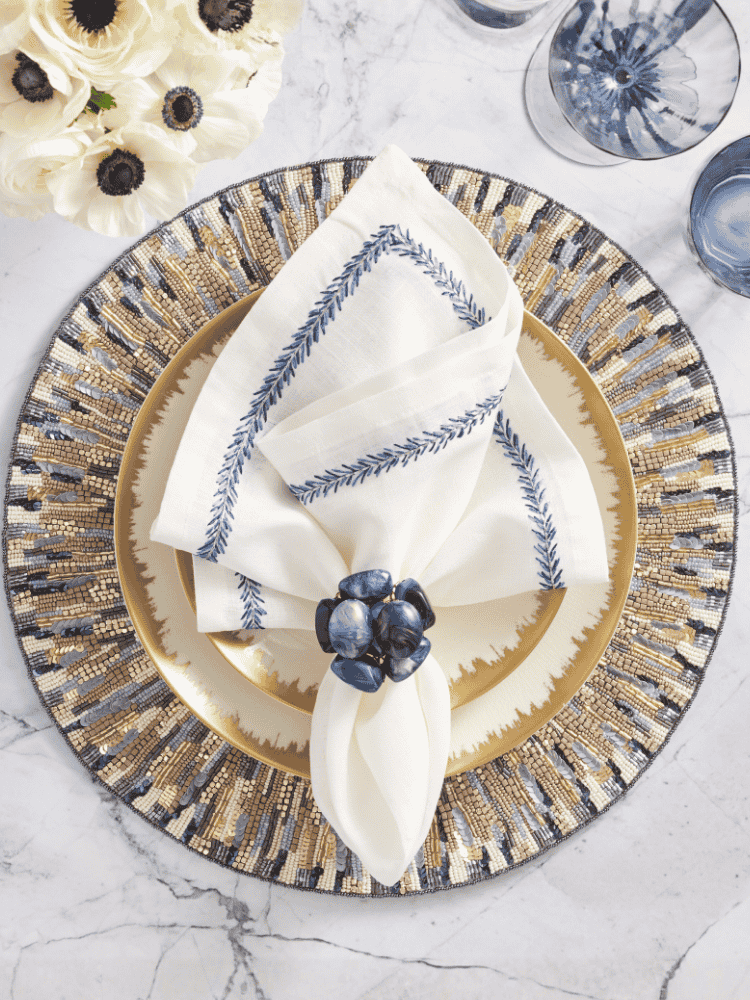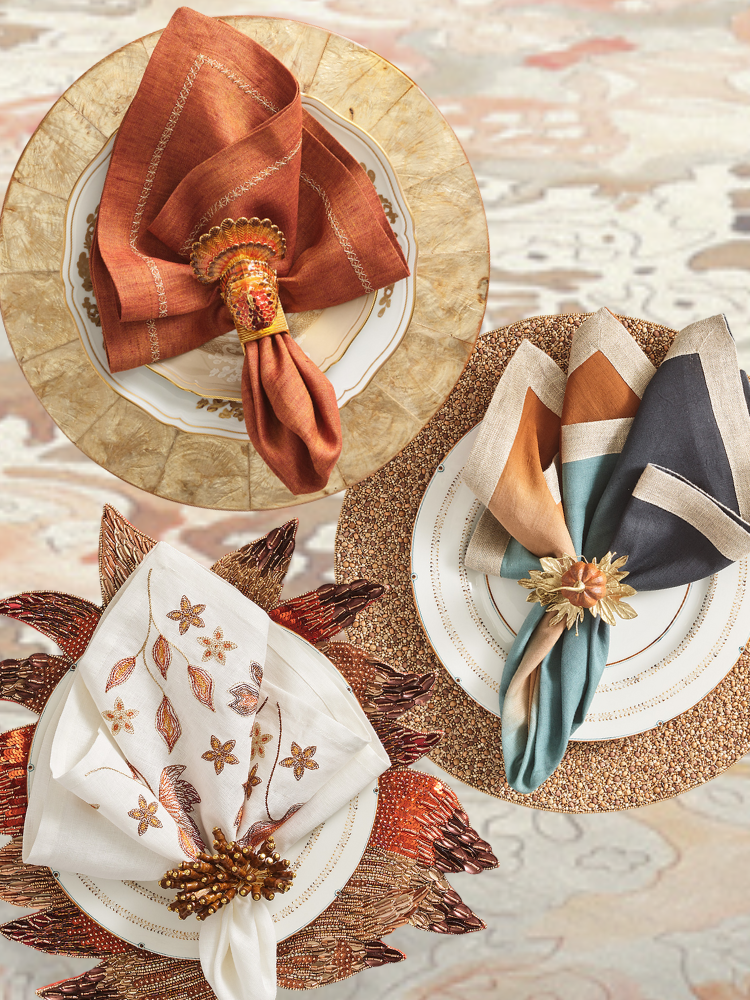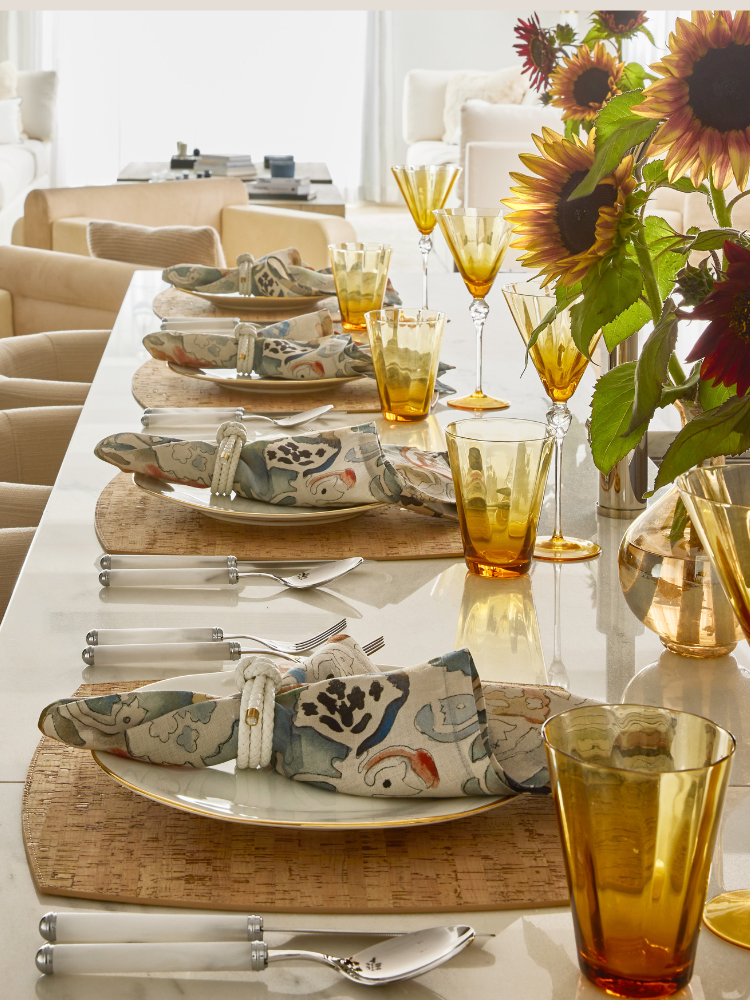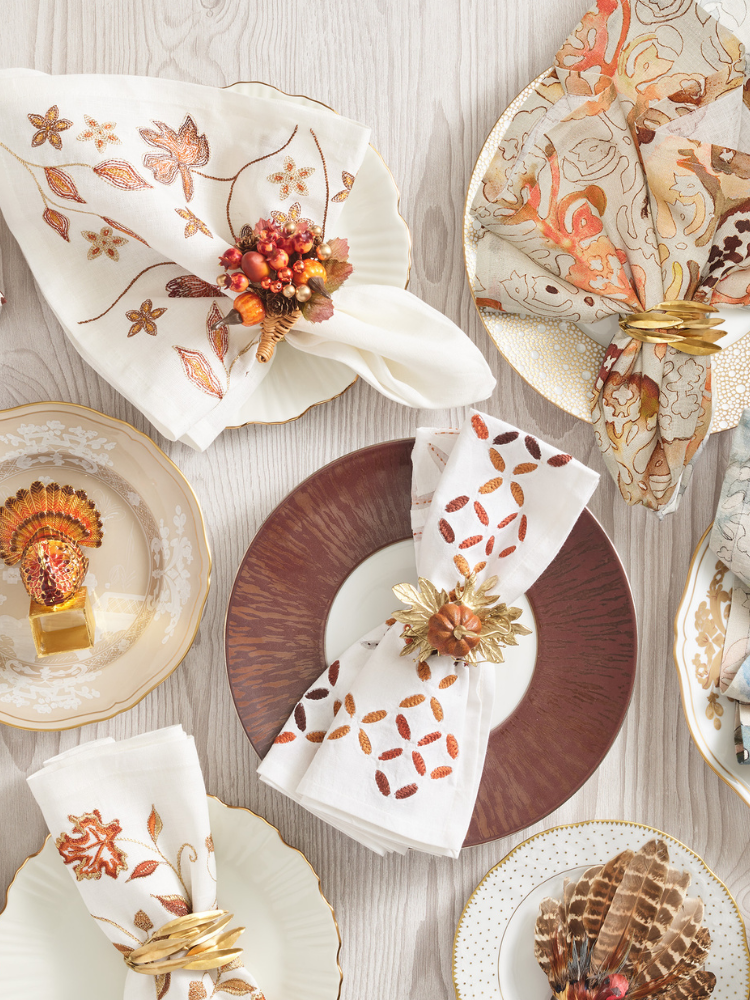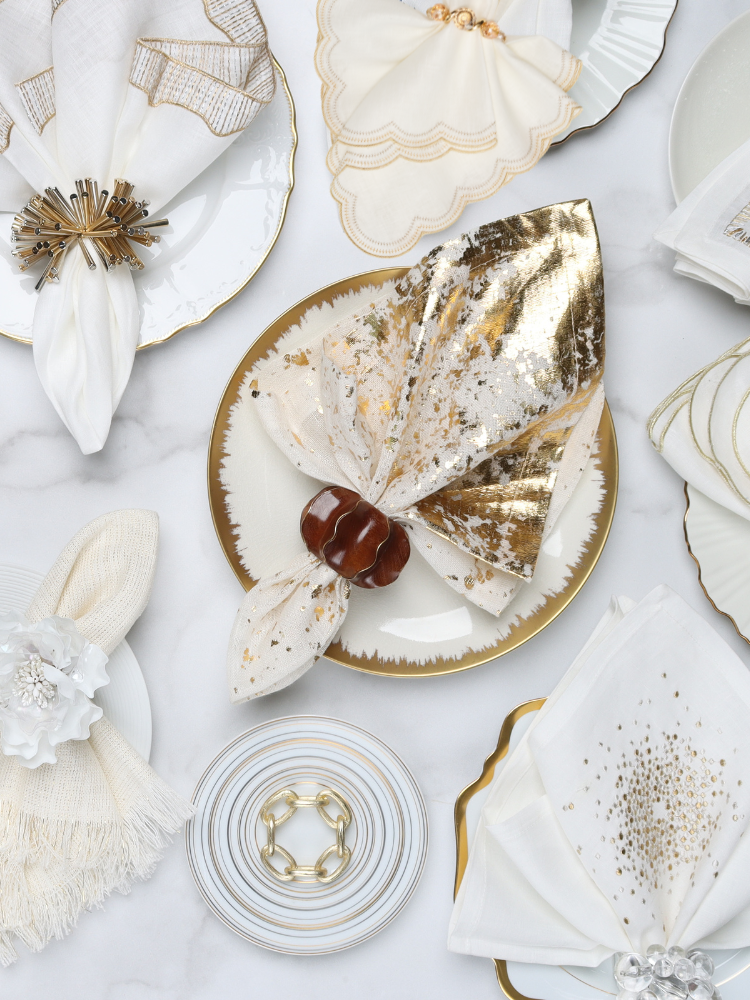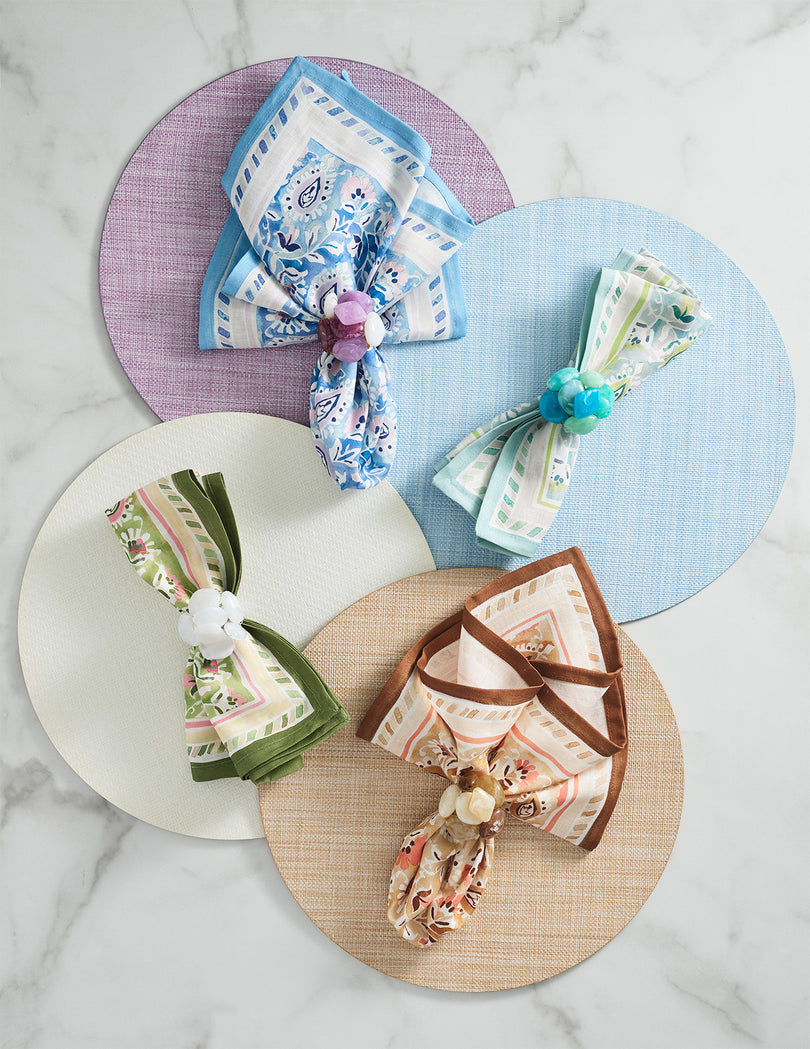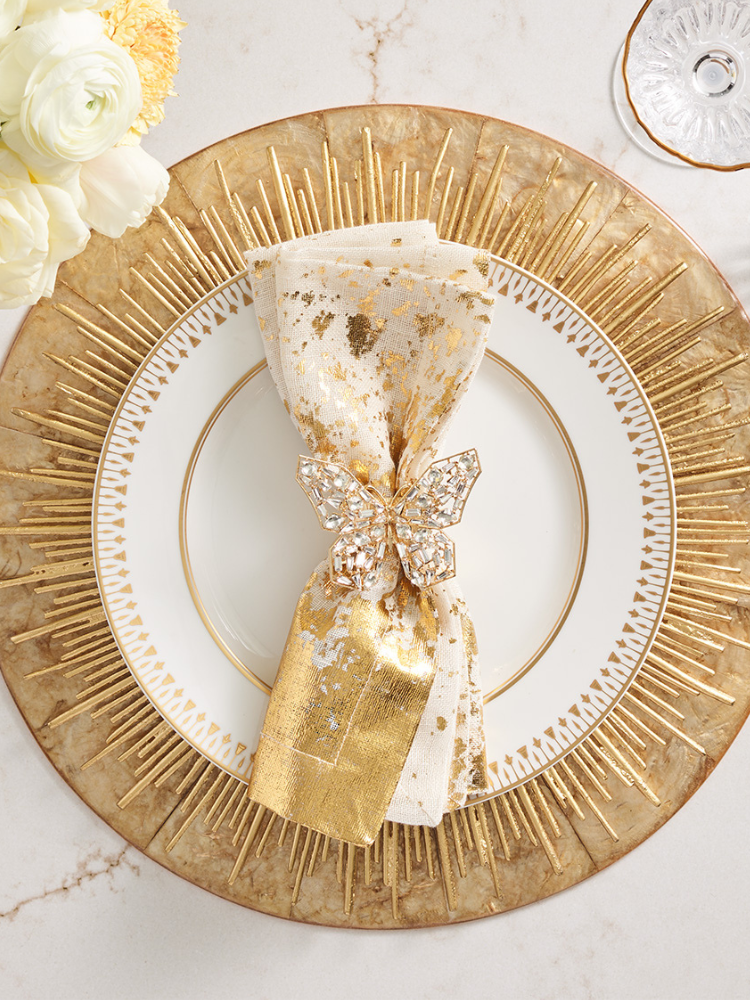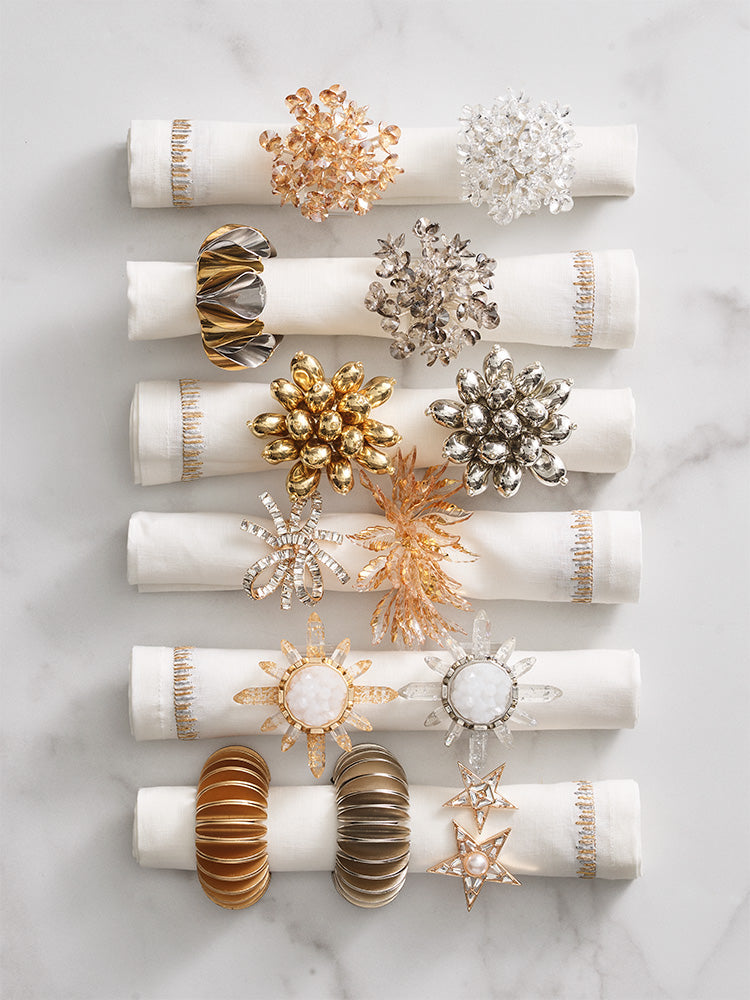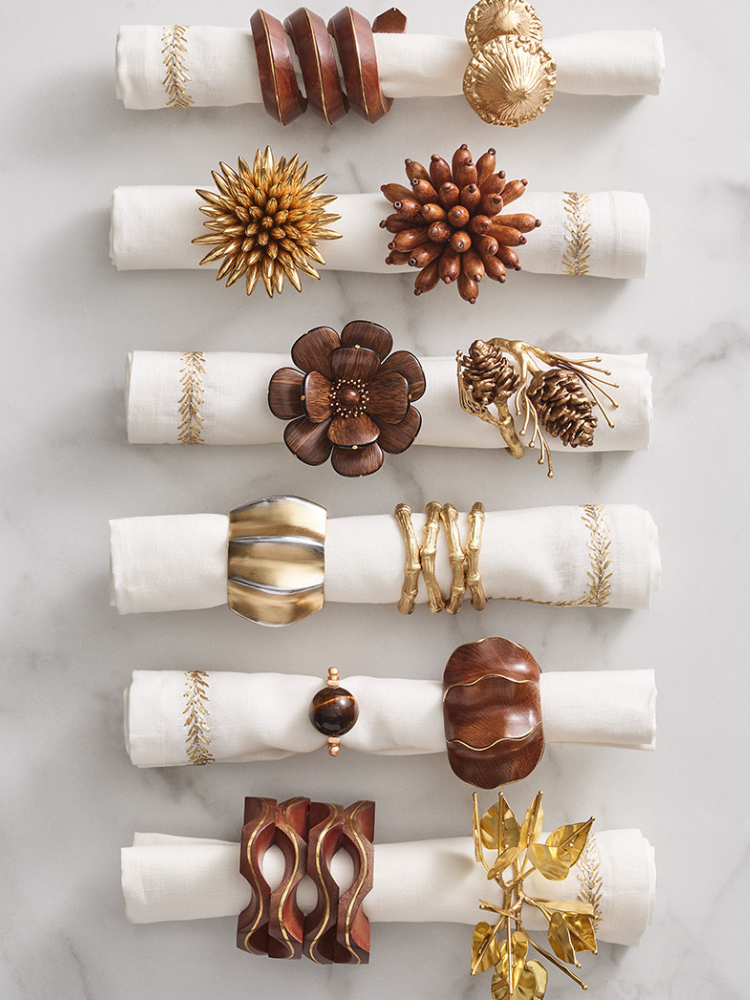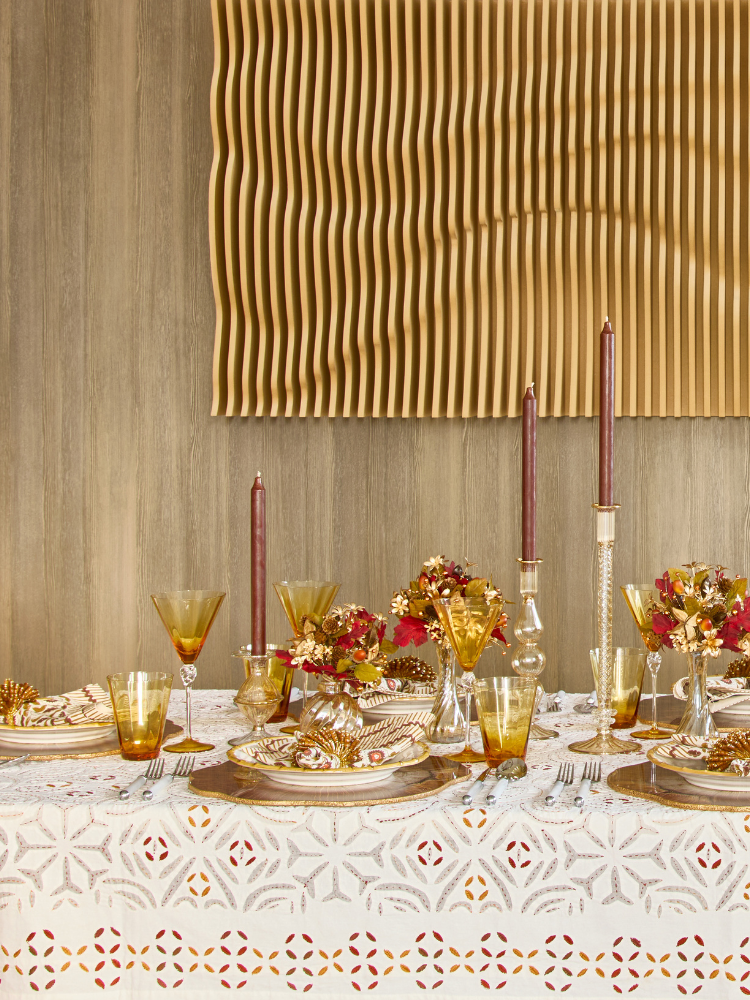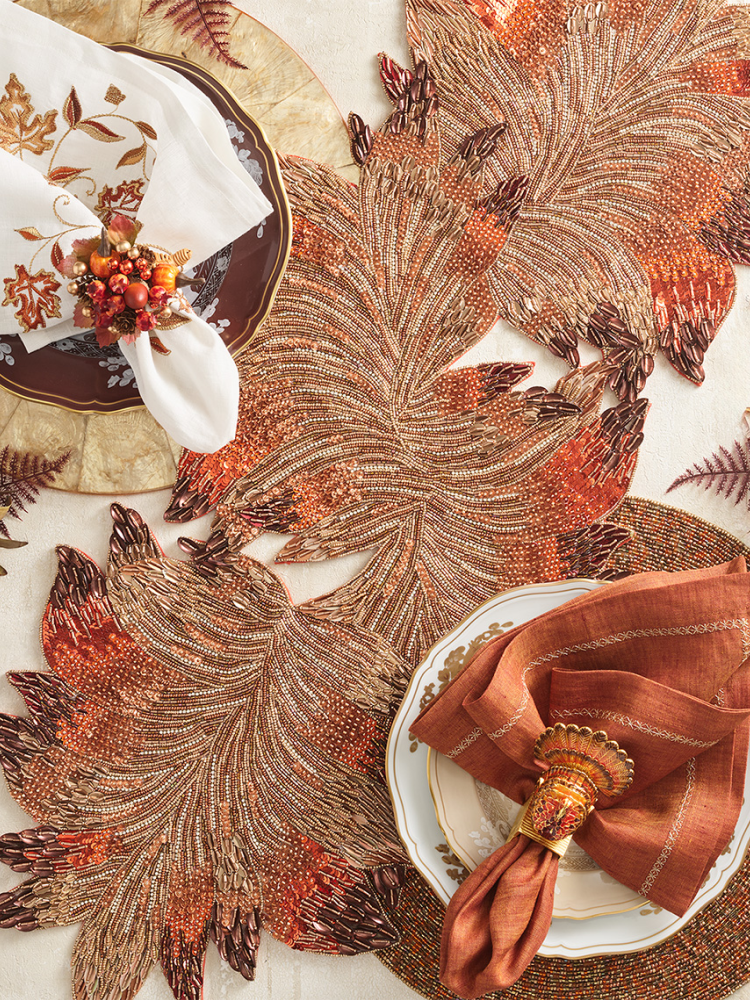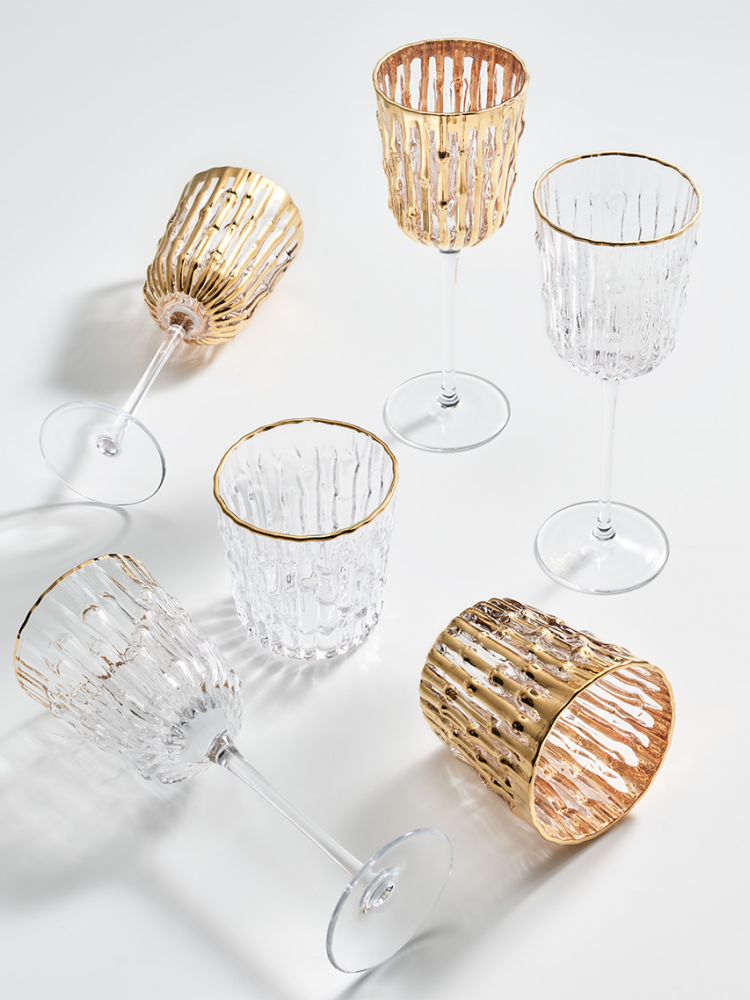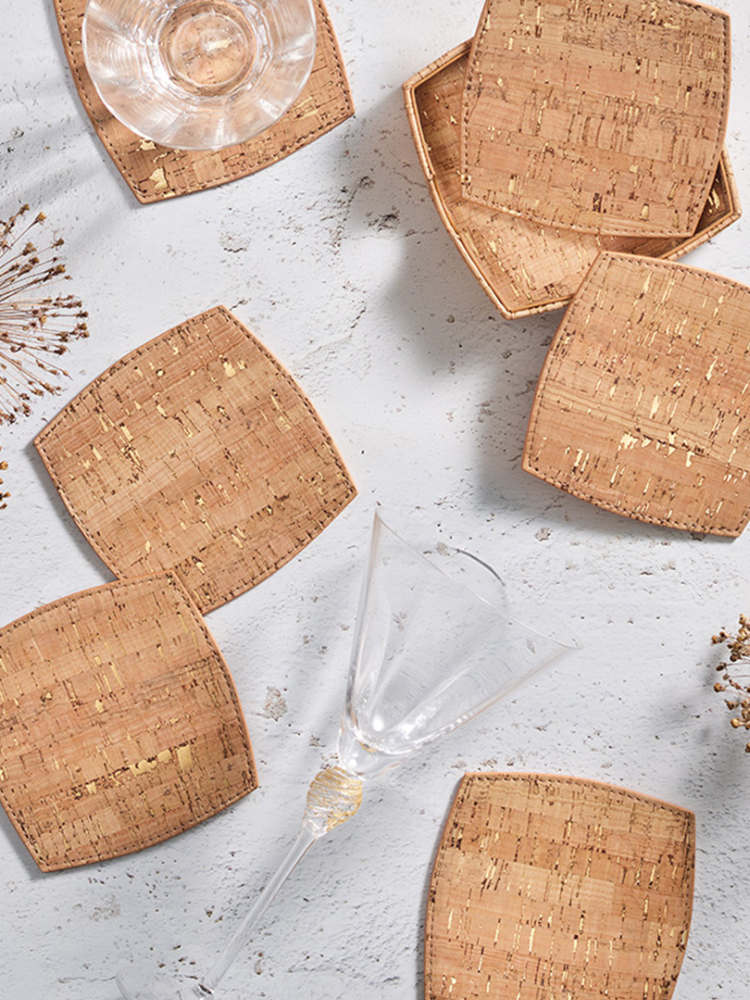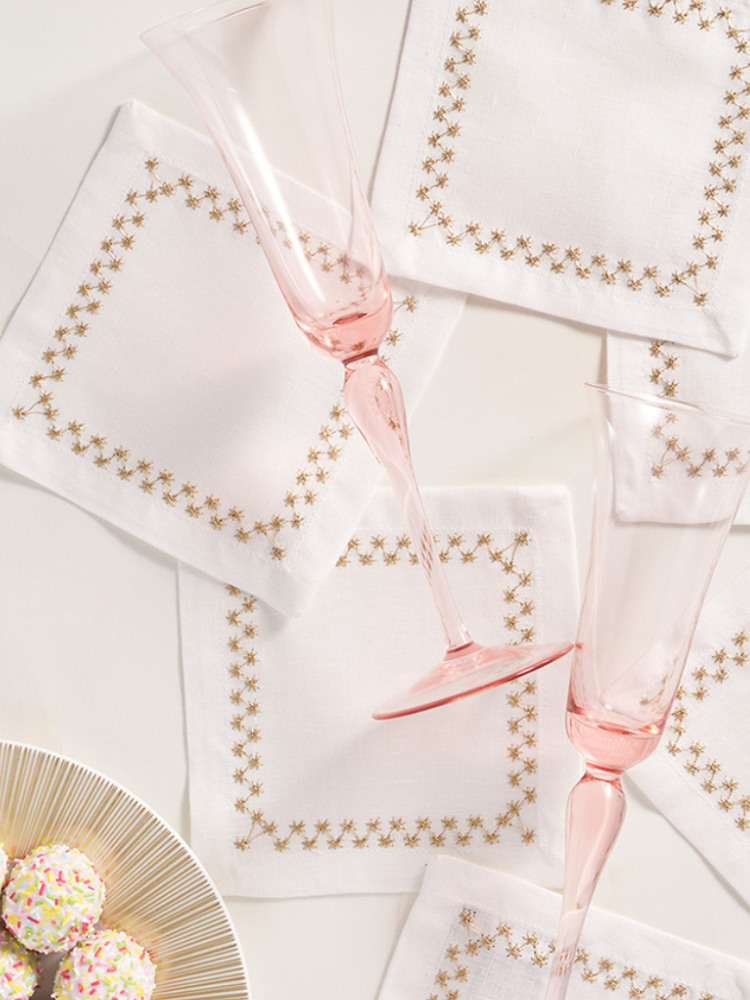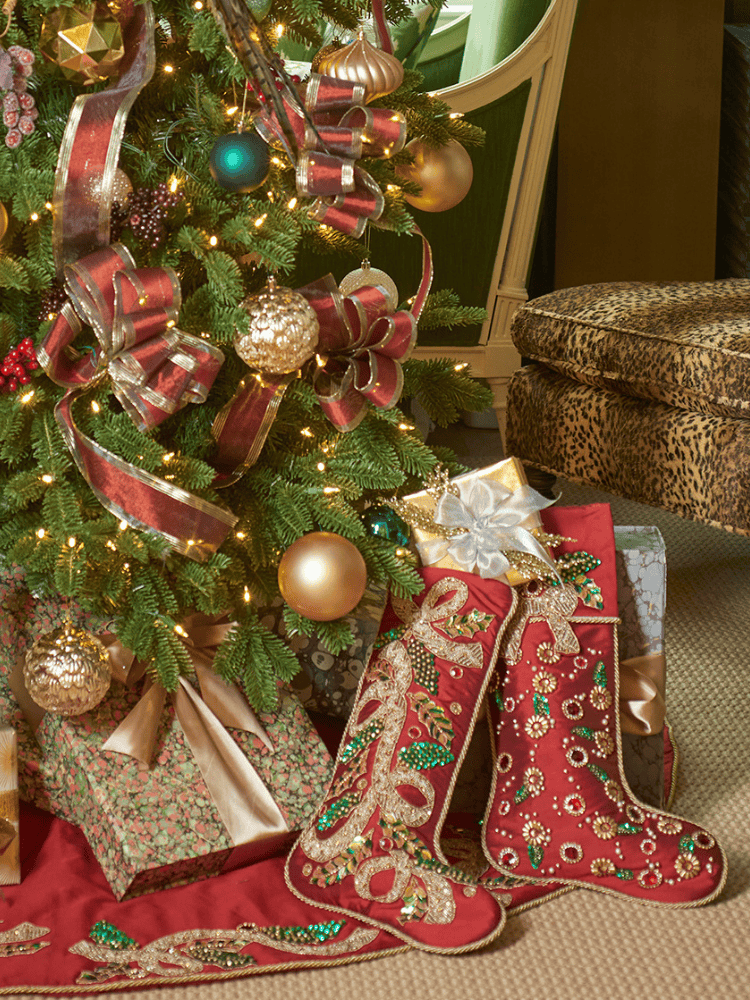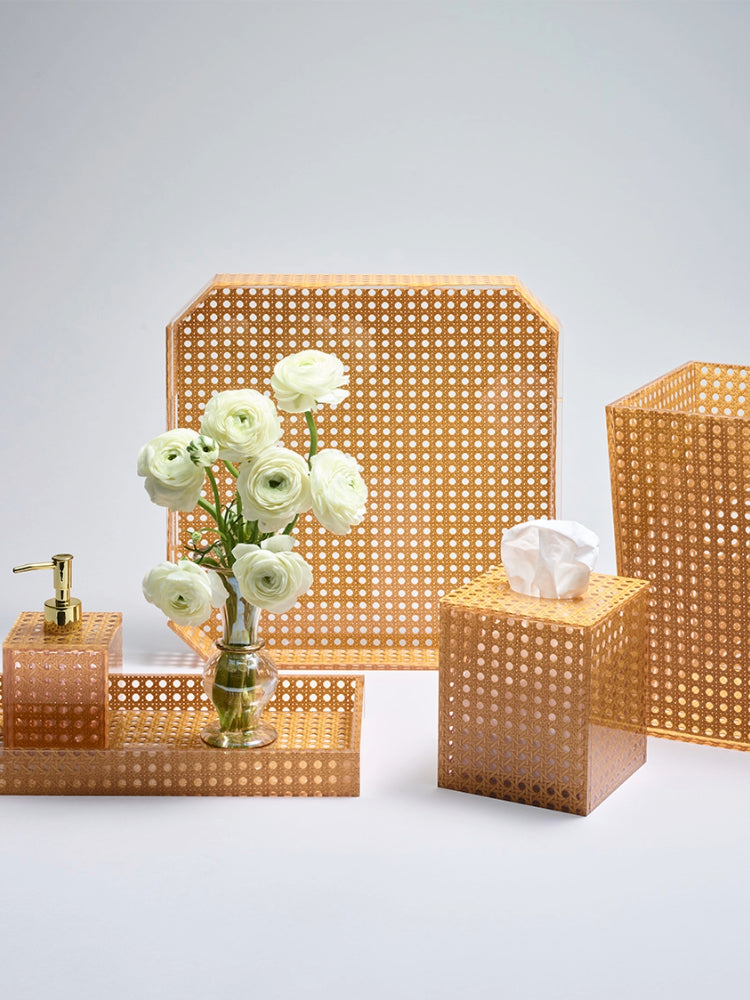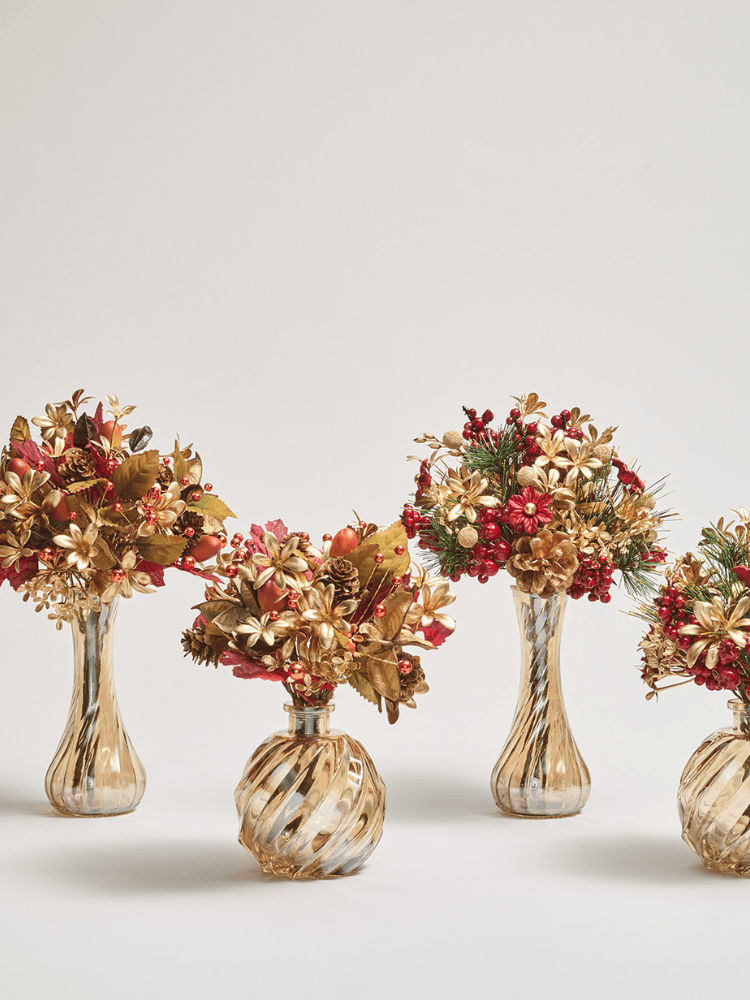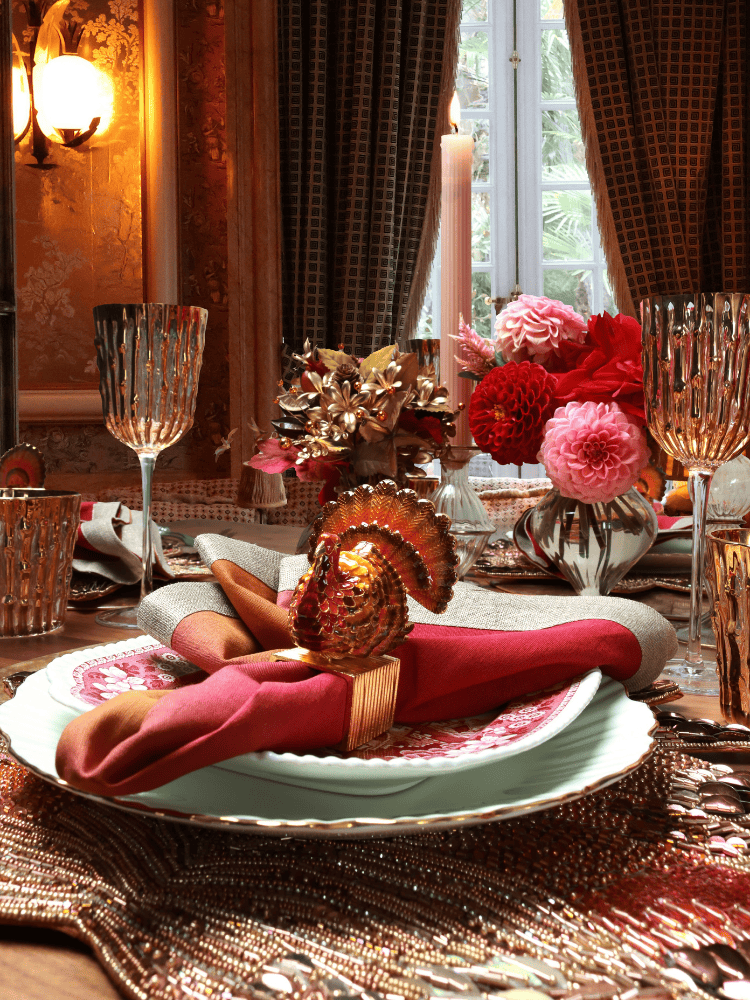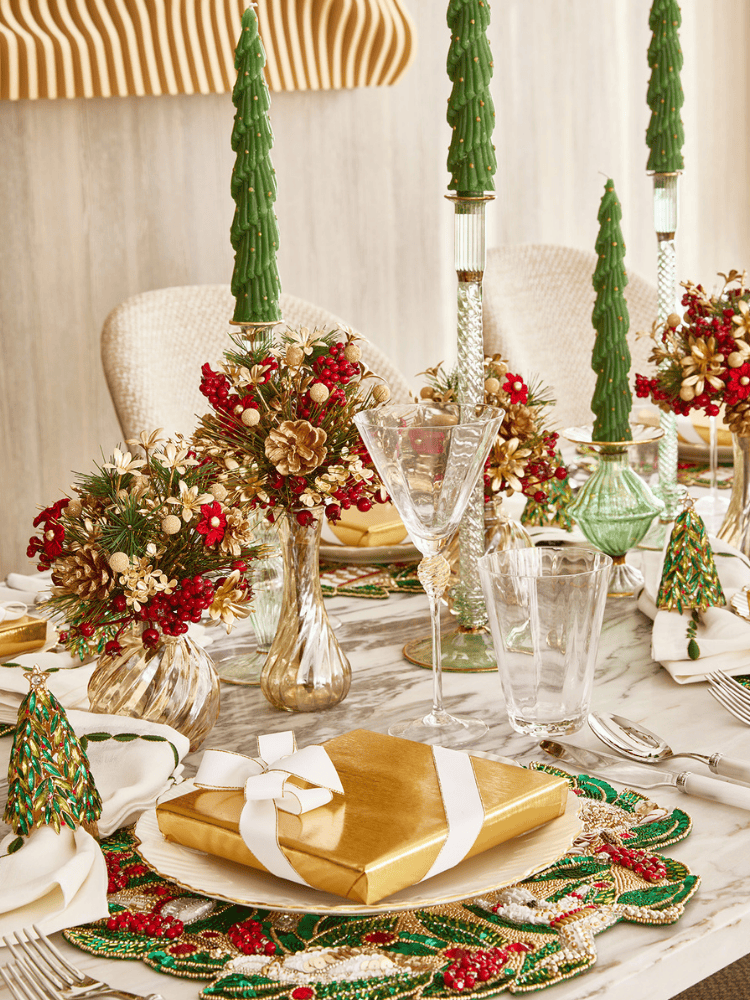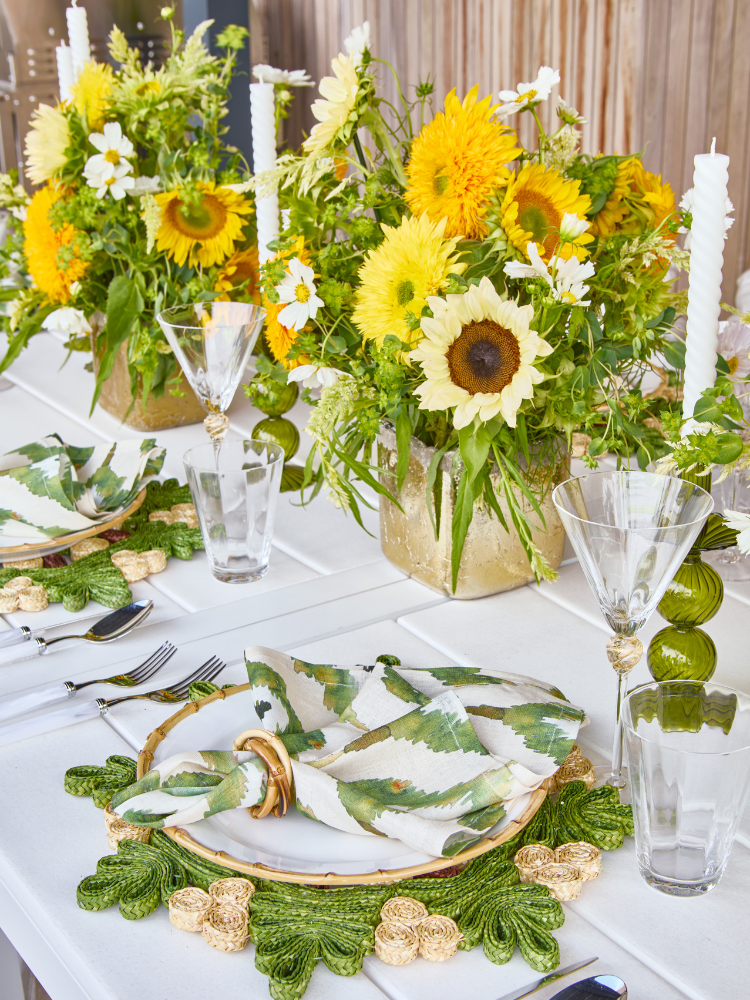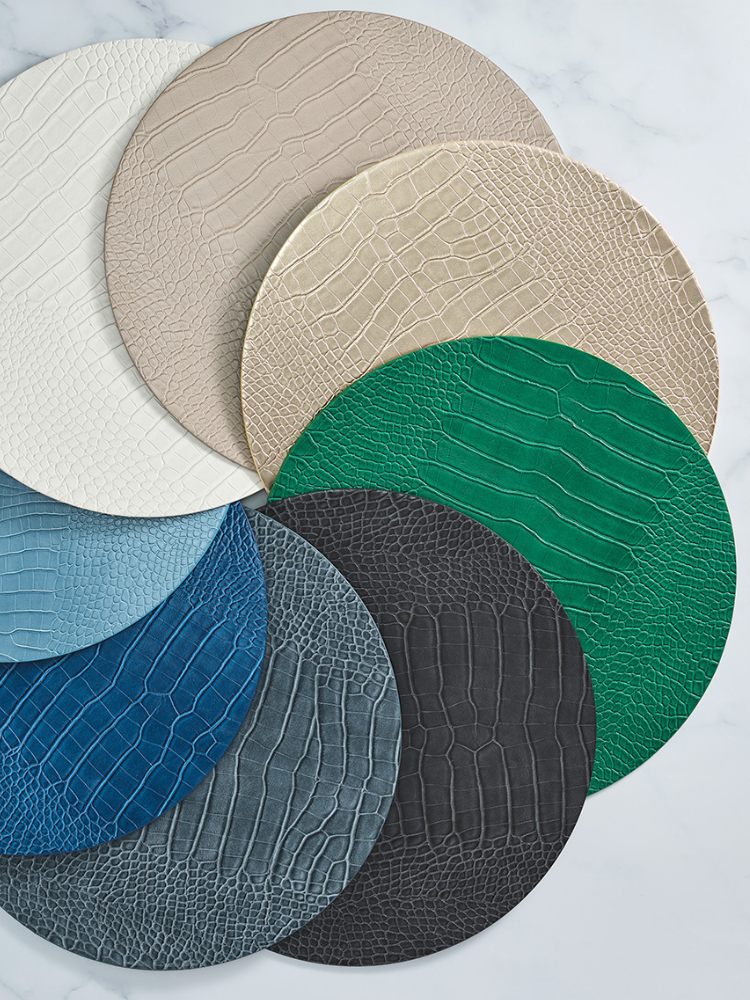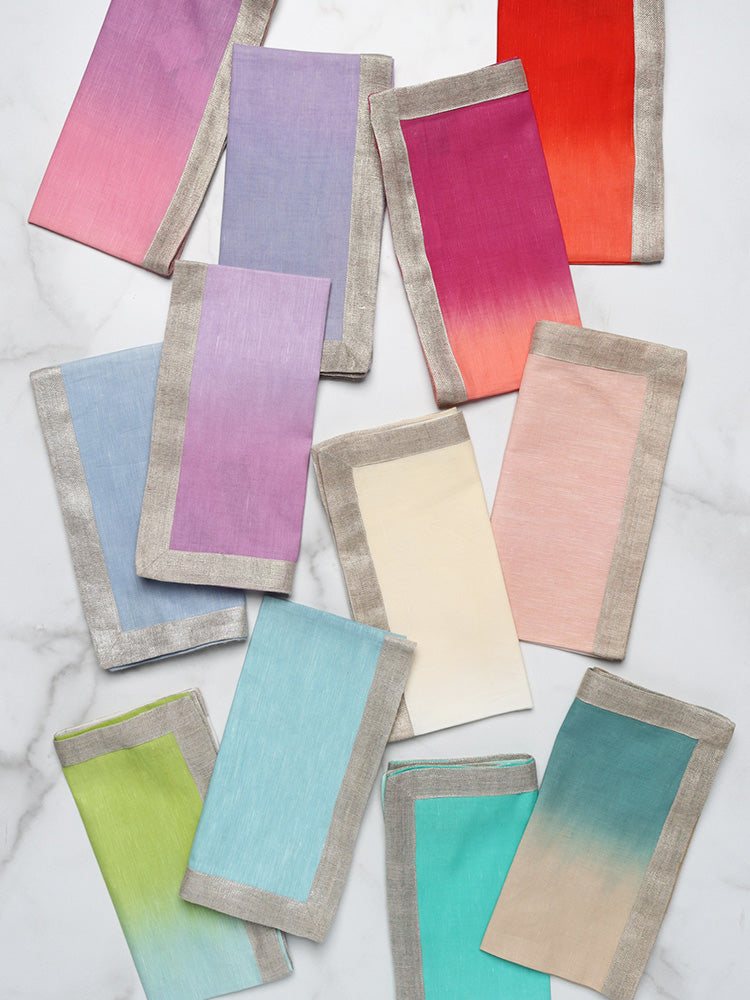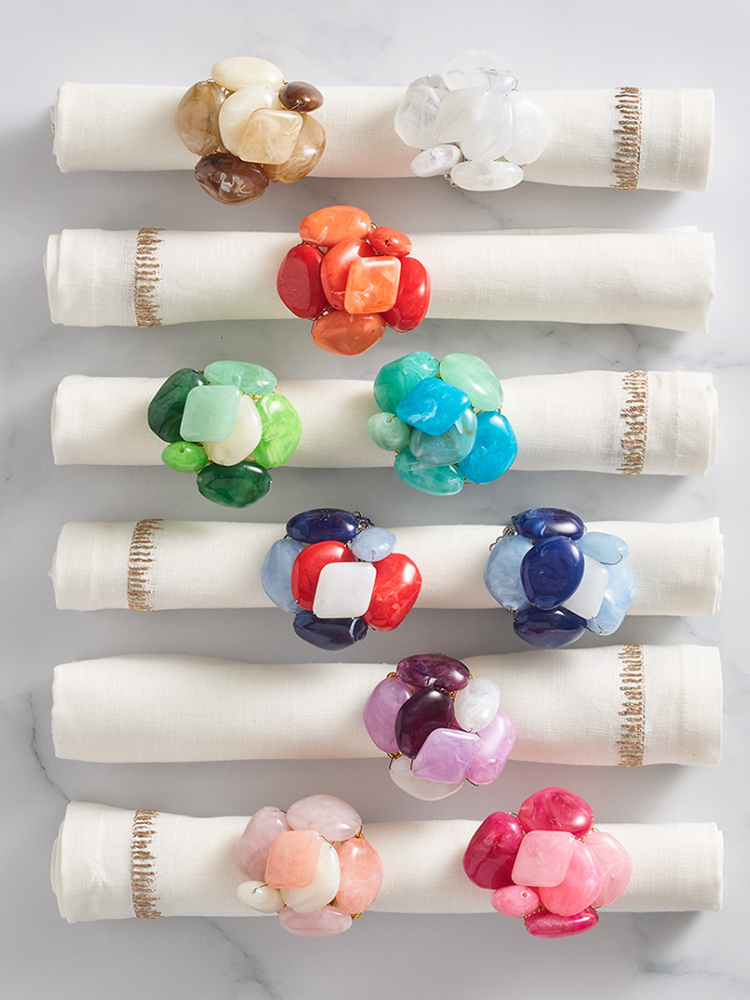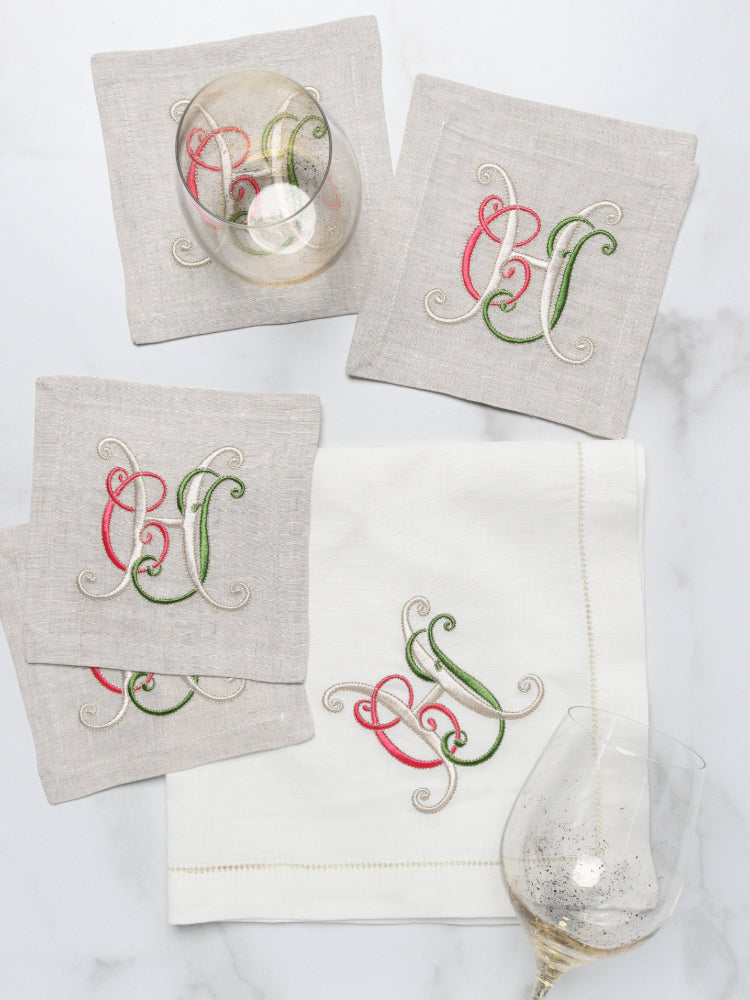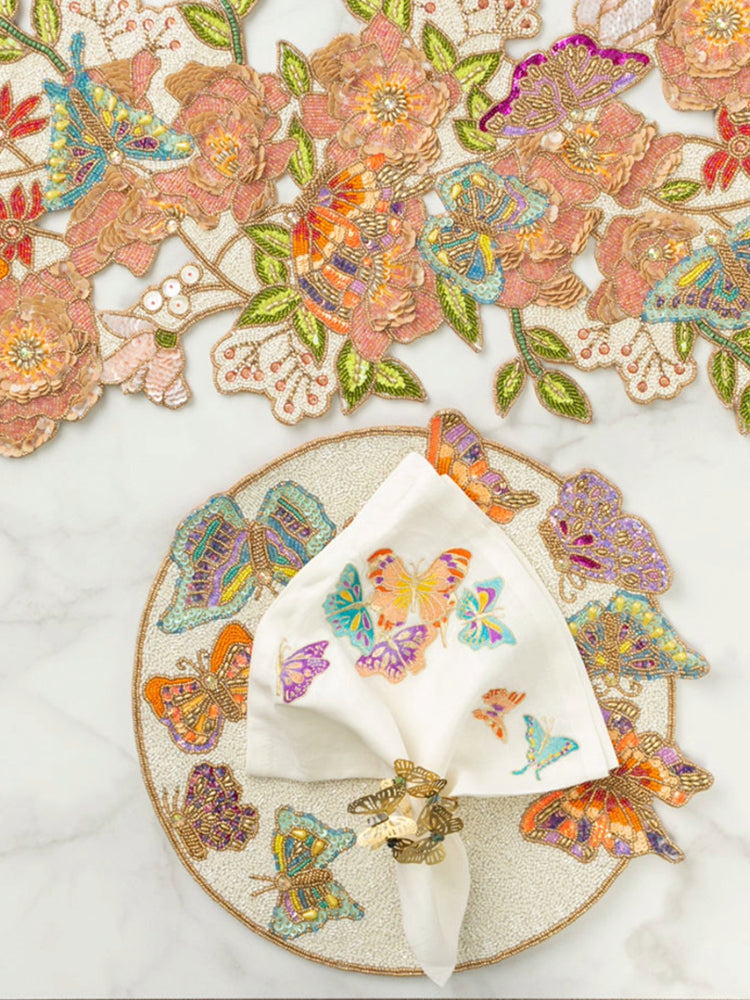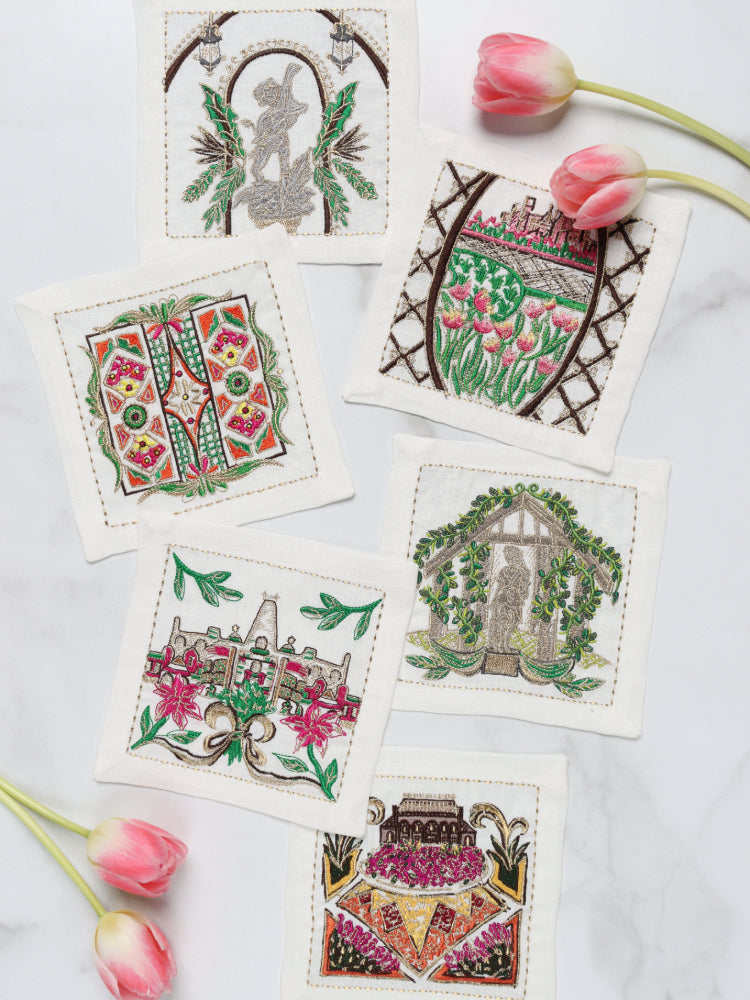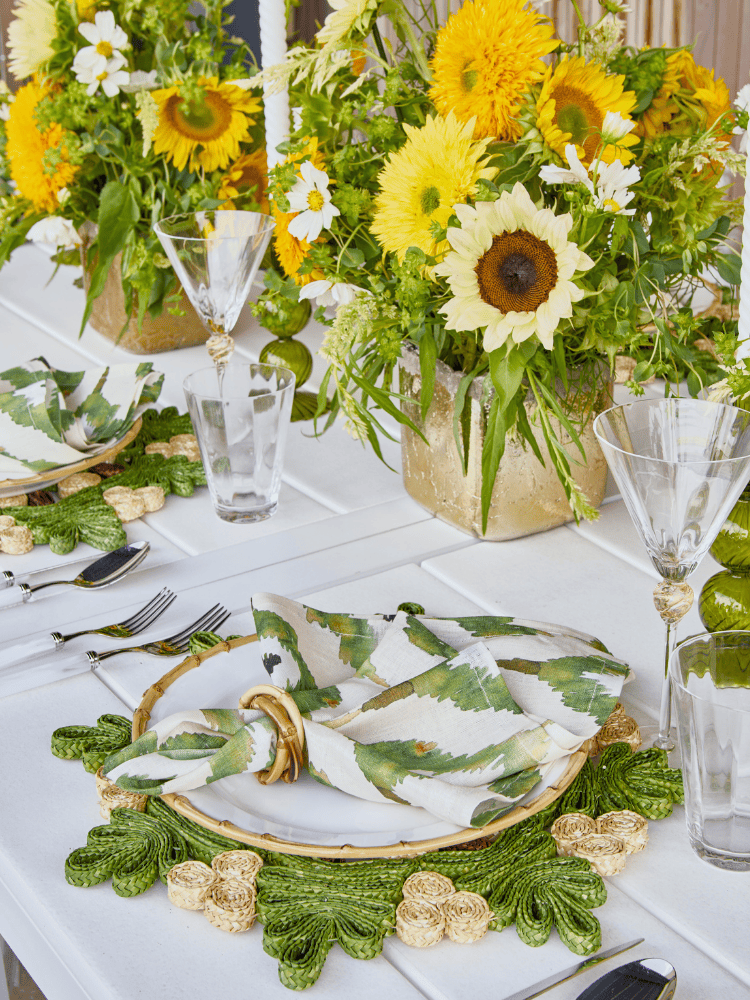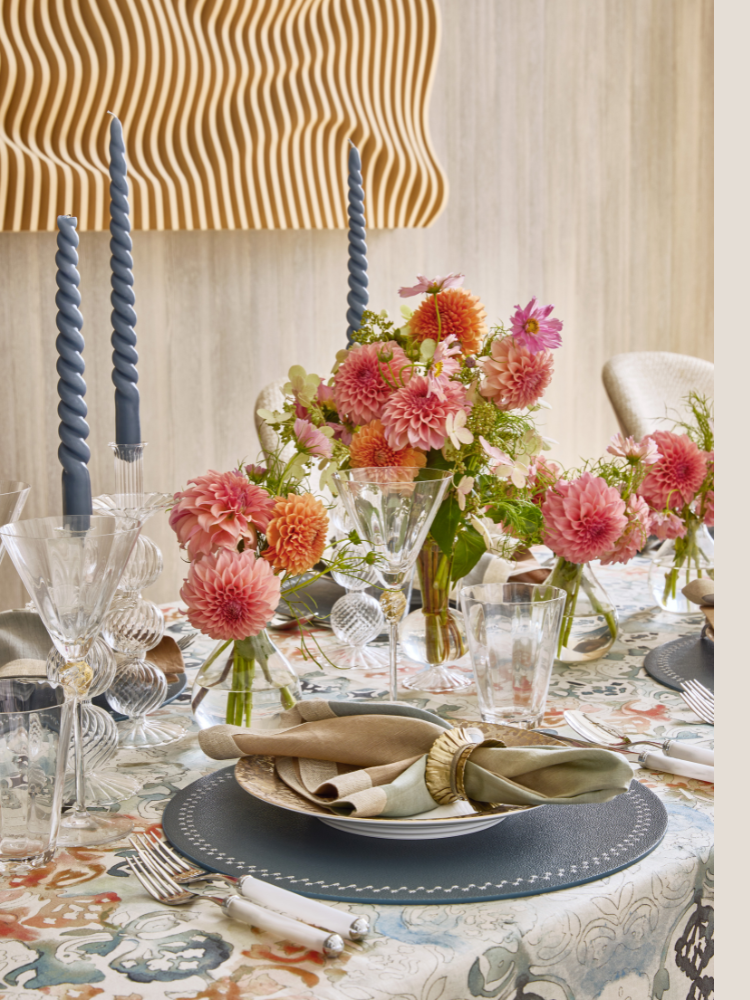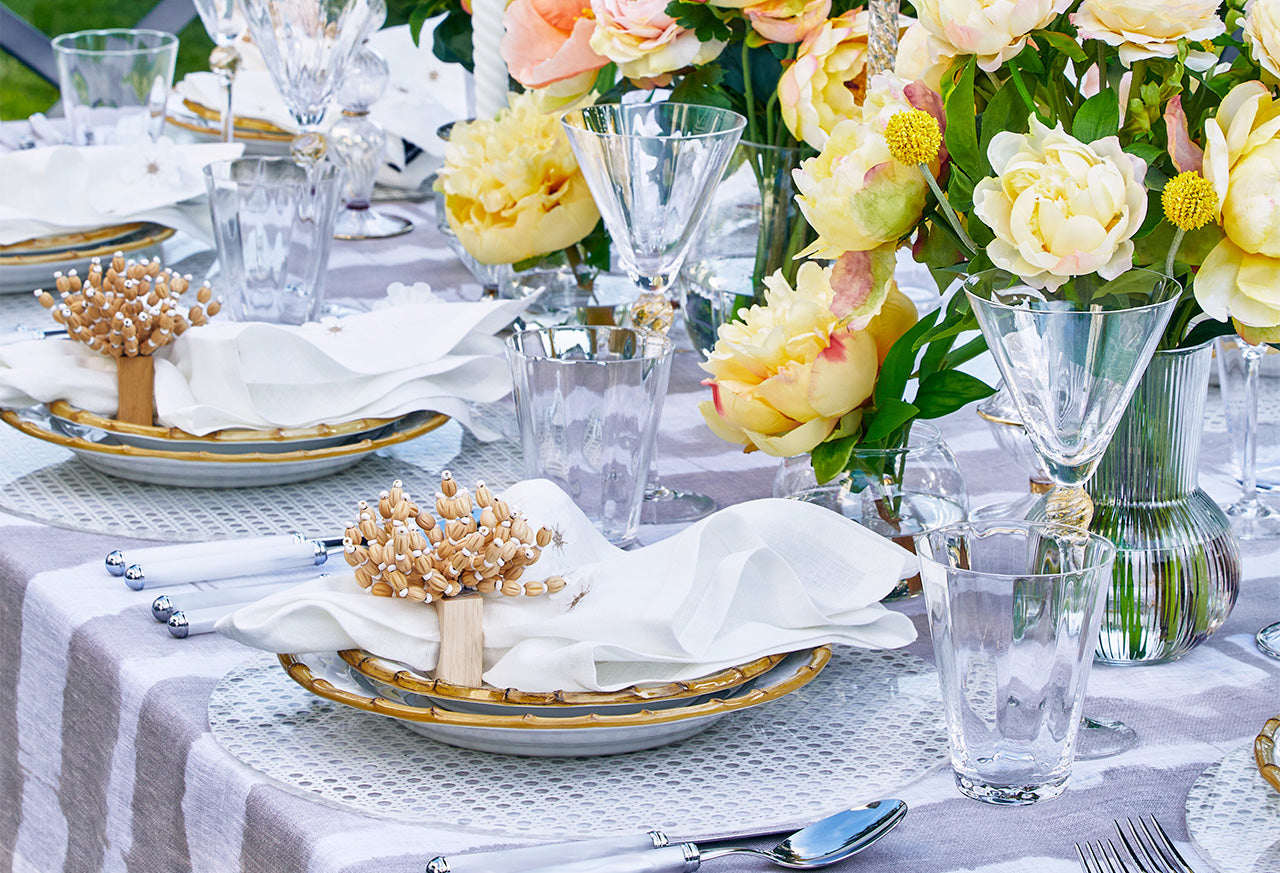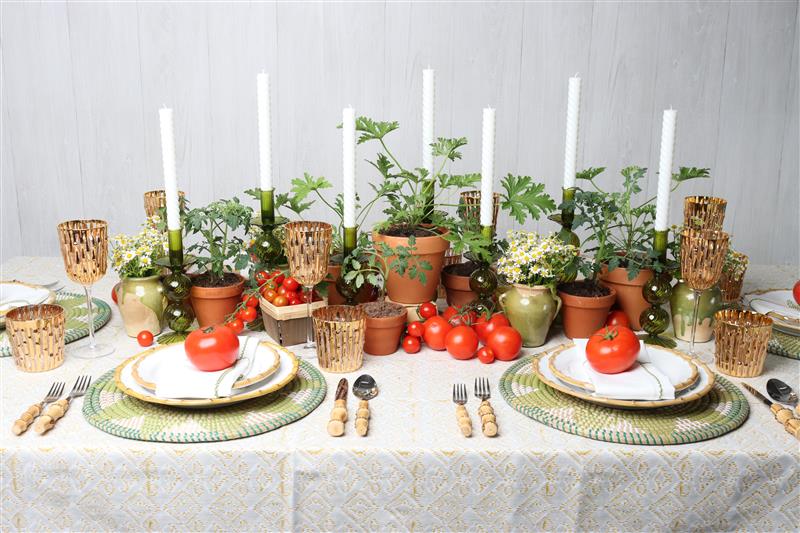How to Keep Flowers Alive in a Vase: The Best Tips for Long-Lasting Blooms

Nothing sinks the vibe of your home's decor like a luxury vase with wilted flower petals fading into a table setting. Whether you bought the bouquet or snipped fresh flowers from the garden, a bit of strategy helps to keep flowers alive in a vase longer.
Tablescape expert Kim Seybert's planting a few ideas beyond adding flower food and holding your breath. This guide explains how to keep flowers fresh in a vase and why some flower tricks fall flat. Let's discuss the essentials and what truly helps flowers last more than a few days.
Start With a Clean Vase: The Foundation for a Flower's Longevity

If you skip this step, you're setting your flowers up to be gone in a flash. The main reason florals deteriorate fast? Bacteria. Dirty vases are a breeding ground for it, and once it's in the water, it clogs stems and kills your flowers from the inside out.
The best approach to cleaning a vase:
- Use warm water and a small amount of unscented dish soap.
- Scrub the sides and bottom with a bottle brush, rinse thoroughly, and air dry.
- For extra insurance, swish in a diluted bleach solution. A mixture of one part bleach to 10 parts water will work wonders.
- Always give it an extra rinse. An especially good step if you're reusing a vase.
Bonus tip: For optimal results, use non-porous materials, such as glass vases to extend the life of your flowers. Ceramics and stoneware are more likely to retain bacteria. Even after rinsing!
The Right Way to Trim Your Stems

Those scissors in the kitchen drawer? Unfortunately, your everyday standby won’t actually make the cut (at least not the kind that helps flowers thrive).
To keep petals at their peak, trim each stem on a diagonal using sharp floral shears or a clean knife. An angled cut improves water absorption and prevents the base from sealing off. As a rule of thumb, a 45-degree angle is ideal.
Timing Floral Trimmings
Snip stems early in the morning or late in the day. This way, the flowers are naturally more hydrated. Midday cuts tend to wilt faster.
Stem-Savvy Cuts by Flower Type
- Woody stems: Remove 1–2 inches. For better water uptake, gently crush or split the ends. This method works well for roses, hydrangeas, lilacs, and branches like viburnum.
- Tender stems: A clean, angled refresh every few days keeps them upright and hydrated. Think poppies, ranunculus, anemones, and sweet peas. And for the ever-delicate tulip? A few florist-approved tricks make all the difference.
- All stems: When changing the water, always re-cut a sliver from the base. It clears any blockages and helps hydration flow freely.
Why Water Quality Matters More Than You Think

The water you use can make or break your bouquet. The top three things to keep in mind: temperature, acidity, and clarity.
Perfect Temperature Prep
Most flowers prefer room-temperature water, which is around 70°F. But tulips, daffodils, hyacinths, and other bulb flowers last longer in cooler water that's approximately 55°F.
Use a kitchen thermometer for accuracy, or feel it out. Room-temperature water is more neutral and matches the warmth of your skin, while water for bulb flowers will feel just a hint cooler but not cold.
Best Water Types & Tricks
If your home has hard or soft water, it may interfere with maintaining fresh flowers in a vase. Here's why:
Hard water contains minerals that can clog stems. Softened water often contains sodium, which can dehydrate flowers.
Your solution? Preserve your flower's freshness with filtered or distilled water. This florist trick is particularly beneficial for sensitive flowers, such as ranunculus, poppies, and lisianthus.
Pro-Tips for pH Levels
Cut flowers last longer in slightly acidic water, with a pH range of 3.5 to 5.0. In addition to slowing the bacterial growth, it helps stems absorb water more efficiently.
Most people don't have pH strips, but you can work around that by adding ½ teaspoon of lemon juice or white vinegar per quart of water. This seamless adjustment gently lowers the pH and brings tap water closer to the ideal range. No scientific testing required!
Extra Credit: Add water until the flower vase is about three-quarters full. It keeps the flower stems submerged without covering the leaves. Soaked leaves create cloudy water and grows more bacteria.
What to Add to the Water to Keep Flowers Fresh

If you want your flowers to look their best, nourish those leafy greens! According to commercial brands, using flower food can extend vase life by up to 60% compared to plain water.
Why Commercial Flower Food Gives Good Results:
Most store-bought flower food packets are specifically formulated to do three things:
- Feed the flower with sugar
- Improve water uptake by lowering the pH
- Control bacteria with a gentle biocide
Classic choices include Chrysal Clear Universal or Miracle-Gro. For specialty flowers like hydrangeas and garden roses, consider FloraLife Hydrate Hydrangea. FloraLife Bulb 100 is also designed explicitly for tulips, daffodils, and irises.
DIY Flower Food: A Reliable Homemade Alternative
- 1 teaspoon sugar for energy
- 1 teaspoon lemon juice or white vinegar to lower pH
- 2 drops of bleach to kill bacteria
Stir well, and add more every two days. Of course, remember less is more when you're working with sensitive flowers. If you're using commercial flower food, then skip the vinegar or lemon juice. Those formulas are already balanced for proper acidity.
What Not To Add (and Might Do More Harm Than Good)
Some flower food ideas may sound clever, but they don't hold up under closer inspection. Soda may seem like a convenient way to add sugar, but it also introduces acidity. Or, modern pennies don't contain enough copper to make a difference. As for vodka, you risk damaging the stems.
These tricks get passed around as shortcuts, but they rarely deliver real results. If you're wondering what keeps flowers fresh in a vase, the only answer is consistently clean clean water, slight acidity, and natural nourishment. Skip the gimmicks!
Keep the Vase in the Right Spot

You've cleaned the vase, trimmed the stems, and mixed the water. Don't let improper placement undo the whole arrangement. Even the best flowers won't stay fresh if they're sitting in the wrong environment.
Surprising Flower-Fading Spaces
- Direct sun: Pretty in photos, but harsh in reality. Sunlight heats the water, dries out petals, and leaves delicate blooms like tulips and hydrangeas looking crisped by day two.
- Heat sources: Fireplaces, radiators, and even kitchen appliances create dry air that wilts flowers quickly.
- Fruit bowls: Ripe for decay. Bananas and apples release ethylene gas, which is a natural hormone that speeds up petal drop and withering.
- Airflow: Vents, fans, and open windows may feel refreshing, but they zap moisture and stress petals.
Try These Cooler, Stylish Spots Instead
- A shaded sideboard in the dining room
- A breakfast nook tucked away from direct light
- A bathroom vanity or powder room shelf (flowers often love the humidity)
Think of it like seating a guest of honor: not too hot, not too breezy, and always out of the spotlight. Chill, calm, and off the main stage is where your flowers will look their finest.
Daily Maintenance: Small Habits Make a Big Difference

Even the best-cut stems need ongoing care. If you're wondering how to keep flowers alive in a vase for more than a few days, here's a quick routine for blossoming beauties:
Every 1–2 Days:
Change the water completely. Don't mix new and old water. Empty the vase, rinse it thoroughly, and refill it with fresh, room-temperature water. Remember to wipe down the vase. Focus on the vase's rim and the waterline to eliminate where bacteria breeds fastest.
Every 2–3 Days:
Re-trim the stems at a 45-degree angle to reopen water channels and improve absorption.
As Needed:
Rinse stem ends to remove extra bacteria buildup. Remove fading flowers before bacteria spreads or releases ethylene gas.
These simple practices take only a few minutes but can add days to the longevity of your flower arrangement.
How to Keep Lilies Alive Longer in a Vase

Lilies make a stunning statement, but they also need extra care. Make your lillies last up to two weeks with these tips:
- Use a tall vase full of water. Lilies need more hydration than most cut flowers.
- Fill a large glass vase with room-temperature water at least three-quarters full to support their height and keep stems from drying out.
- Remove the pollen when the bloom opens. Use tweezers or a tissue to gently pull off the anthers (those yellow pods inside the flower). Beyond extending the flower's life, it prevents pollen stains on table linens and nearby petals.
- Trim the stems every 2–3 days. Re-cut about ½ inch at an angle using sharp floral shears. It prevents clogging and keeps the water flowing in these thick, fibrous stems.
- Don't overcrowd lilies in a vase. Allow airflow between stems to help the blooms open fully and avoid petal bruising.
- Placement stays paramount. Lilies are highly sensitive so steer clear of a ripening fruit centerpieces, sunny windows, or vents.
Common Flower Care Mistakes to Avoid

You might be doing everything right except for one small thing that's sabotaging your stems. Here's a quick review of the main mishaps so your flowers won't wither on the vine:
- Wash the vase thoroughly between uses
- Never leave leaves below the waterline
- Re-trim stems every few days to keep water flowing
- Keep flowers away from heat, direct sun, and vents
- Don't rely on tap water alone if it's very hard or softened
Keep Your Flowers Looking Fresh: Styling Ideas & Extra Tips

The key to keeping flowers alive longer in a vase? A reliable routine and a little attention (instead of watching grass grow) helps. Table decor can also influence how to take care of flowers in a vase. A few extra details help every cut flower last beautifully while hosting, gifting, or simply smelling the roses.
For Fully, Flourishing Flowers:
- Mist the petals to help them stay hydrated, especially in dry or heated spaces.
- Pop the whole arrangement in the fridge overnight if you're prepping ahead for a party (yes, your flowers like it chilly)
- Turn the vase once a day so the blooms don't lean toward the nearest window.
- Keep the basics in check: clean vase, clean water, freshly trimmed stems.
Styling Fresh, Floral Arrangements:
- Peonies, lilies, and heavy-headed blooms need low, wide large glass vases.
- Delphinium, snapdragons, and lighter flowers do best in taller cylindrical vessels that support their height.
- Watch for moisture wicking. If water leaks or overflows, it creates moisture on surfaces. Blot spills immediately and lift the vase to let the base breathe.
- Placing your vases on ceramic, glass, or metal trays with high quality cotton tablecloths create airflow and prevent water from pooling near the base.
- From luxury vases to glass candle holders, each style can create a unique centerpiece in your dining room.
Of course, once the flowers are fading,it’s your cue to start planning your next tablescape idea with designer table decor that's just waiting to bloom.

